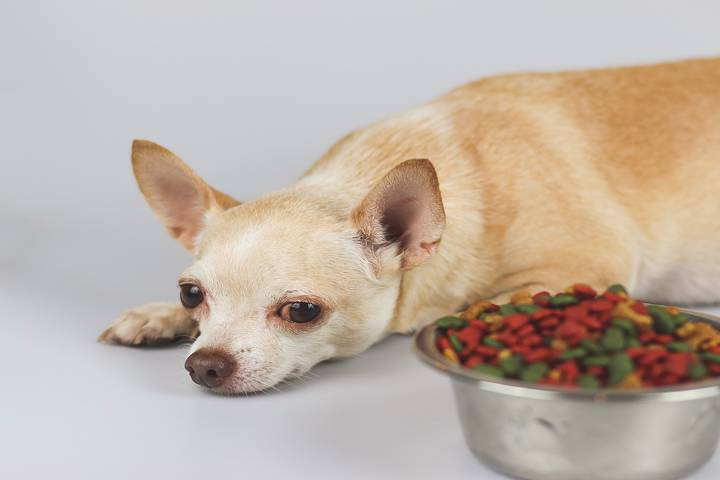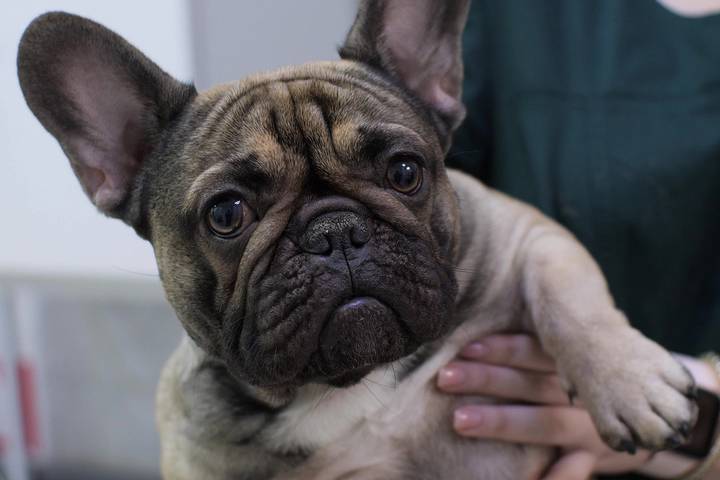Seeing our little furry friends in distress sparks the same emotion in us. Your dog’s immune system’s attempts to fight off infection may lead to them having a fever. While this seems scary to witness them go through it, we should realize that, just as in humans, fevers are common and curable!
Taking the proper steps and precautions is important to help them fight this fever. We can start by identifying any signs of a fever and seek veterinary care to prevent complications. If you are a new dog owner and have never gone through this ordeal before, you may be even more stressed if this is a first-time occurrence.
Fear not! We are here to walk you through what you can do for your dog. Continue reading to understand the signs of fever in dogs and how you can help your best friend get back on their four feet!
Dog Fever Sign #1: Body temperature

First, know a dog’s normal body temperature to identify if something seems off. 101.0º-102.5º Farenheit or 38.3-39.2º C. To take their temperature, it is recommended that you apply some lubricant to the thermometer and then insert it gently into your dog’s rectum. If the results exceed the abovementioned temperatures, your dog has a fever.
If your dog has a fever, it would be best to take them to animal urgent care as soon as possible.
Dog Fever Sign #2: Lethargy

A common sign that your dog has a fever is lethargy. If your dog seems more tired than usual and is not interested in going on walks or playing, something may be off. Once you notice an unusual decrease in their activity levels, consider taking their temperature and looking for other signs of fever.
Once again, take them to the vet and ensure they get proper rest. Do this by providing them with a comfortable space where they can sleep. Encourage them to go on short walks at certain points during the day rather than your usual longer ones. This is very important as lethargy leads to other serious issues, such as loss of appetite.
Dog Fever Sign #3: Loss of appetite

Another symptom your dog may show if it has a fever is abstinence from food. Not only will they refrain from eating food, but they may also reduce their water intake. This could cause further implications, such as dehydration and insufficient nutrition. This usually happens because your dog’s body puts energy into fighting the infection rather than digesting food.
You could try to increase their food intake by offering them smaller and more frequent meals throughout the day rather than large ones with greater intervals between them. Since dehydration is one of the main issues, you can make your dog drink more water by providing them with it through a syringe or dropper. Additionally, try adding some water to their food.
Dog Fever Sign #4: Coughing and sneezing

Another set of common signs of fever is if your dog is coughing and sneezing a lot. Due to some irritation in their airways, your dog may obtain a bacterial infection causing this to take place.
After taking your dog to the vet, you may be instructed to give them certain medications. Most of the time, they will be antibiotics or antiviral medication to help reduce and alleviate the symptoms. You can further help this situation by creating a minimal-risk environment for your dog by frequently dusting to reduce any irritation, disinfecting their living area, avoiding exposure to smoke, and so on.
Dog Fever Sign #5: Hot, dry nose

Lastly, by touching their noses, several owners check to see if their dogs have a fever. A sign of a healthy, fever-free dog is a cold and wet nose. However, if you touch your dog’s nose and find it hot and dry, they probably have a fever.
While this indicator may be reliable sometimes, it is not a sure way to know if your dog has a fever. So if you notice this, double-check your hunch by checking their temperature with a thermometer.
Overall, we just want our dogs to be comfortable and cared for during their recovery process. Follow your vet’s instructions closely and constantly watch the little fellow. Allow them to rest properly and gently push them to eat, drink, and exercise. Ensure that the environment they are placed in is as stress-free as possible and cleanly kept.
To avoid this from happening as soon as possible, take them to the vet for regular checkups and keep them up to date on their vaccines!

